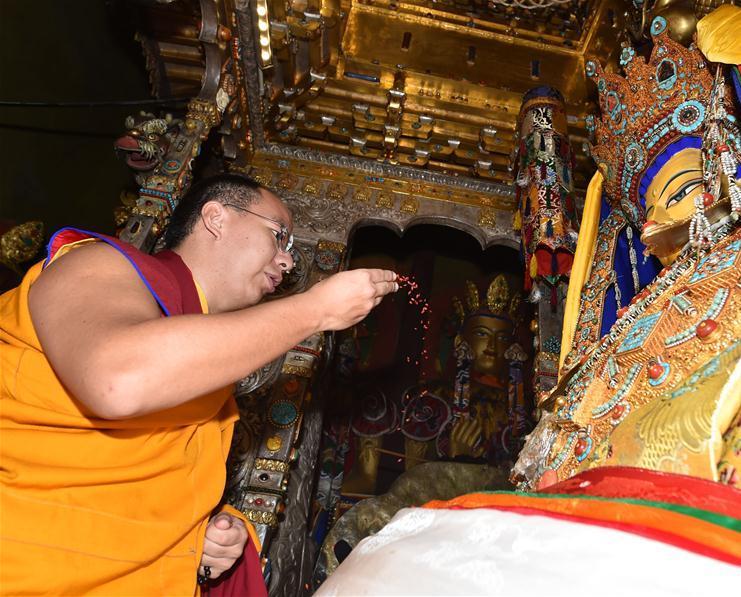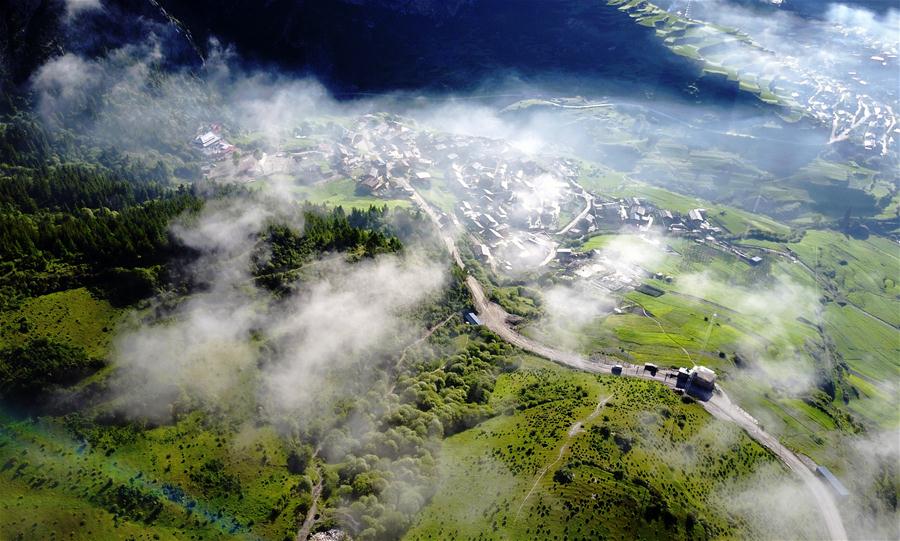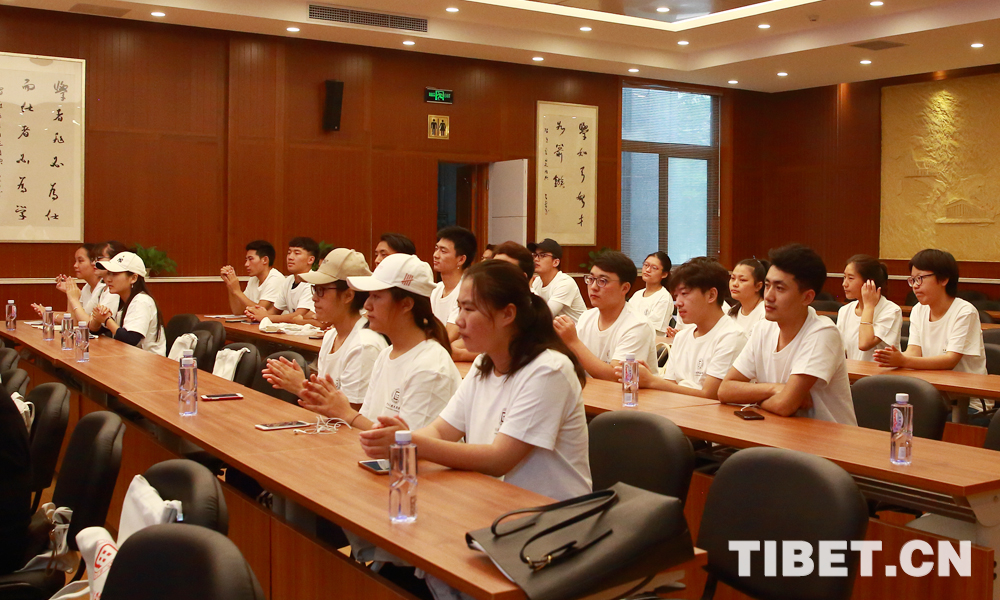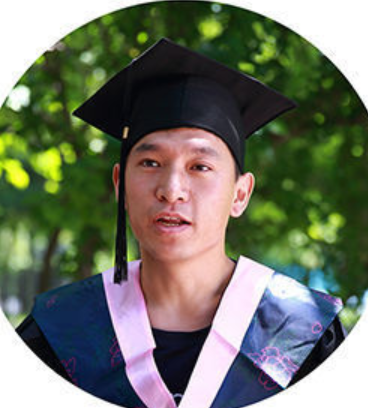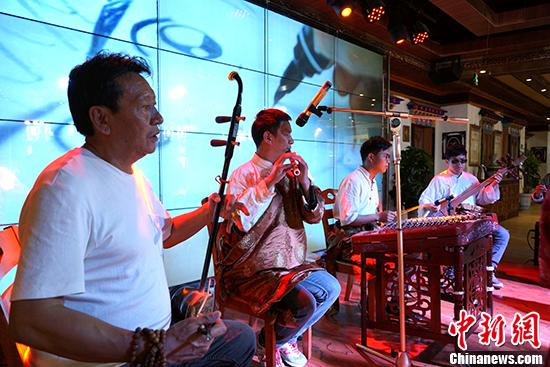Cultural tourism a new way to fight poverty in SW China
The 4th Annual China Tibet Cultural Tourism International Expo will take place from September 7th to 11th in Lhasa and Nyingchi. This event is a high-level international expo; the investment-attraction platform at the expo will not only improve Tibet’s cultural soft power, it will serve to promote tourism and boutique tourism across the region, as well as help more businesses build collaborations in Tibet and boost the local economy.
The Ngari area, located in western Tibet, has an average altitude of 4500 meters, and is known as “the roof of the Roof of the World.” On July 16th, the event, “Go West: Ngari Photo Tour,” launched in Lhasa. In addition, the 7th annual Zhangzhung Cultural Tourism Festival, with events including: traditional horseback racing, exhibitions of archaeological artifacts, the Zhangzhung Cultural Show, etc., will also commence on July 28th.
In recent years, the Ngari region has built various boutique tourism events, such as Stargazing at Anye Park, the Zhangzhung Cultural Tourism Festival, and other cultural tourism programs, etc., to better enrich the offerings of cultural tourism.
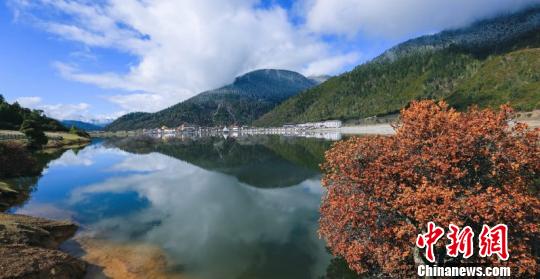
Lulang International Tourism VillageTown
The Lulang International Tourism Town of Nyingchi was approved as a national level tourism district in January of 2018. The town will host a Matsutake Stone Pot Food Fair/Lulang Gongbu Herding Songs Cultural Festival at the end of July. The management committee of Lulang Scenic District will also host a thousand-people Matsutake Stone Pot gala in early September.
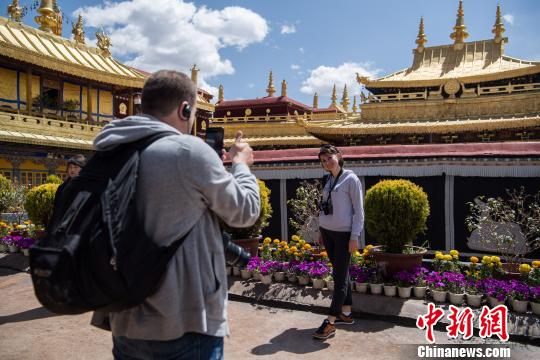
International Tourists visiting Jokhang Temple.
As the Qinghai-Tibet Railway launched in 2016, the number of tourists to Lhasa has continued to grow. In 2017, Lhasa has had a total of 16.07 million tourists from within China and abroad, with a total tourism income of 22.74 billion yuan. The tourism industry has also gradually become a critical impetus for boosting the whole city’s economic development.
Shigatse is Tibet’s second largest prefecture and the main site for poverty-reduction in Tibet Autonomous Region. The area has 38.5 thousand households, or 169.6 thousand residents who are impoverished. In the past few years, local government made lots of efforts to help support the development of countryside tourism, encouraged local farmers and herders to join inso as to increase their incomeh. In 2017, the number of farmers and herders who participated as tourism operators has reached 9313 households, achieving an income of almost 200 million yuan, an average household income of more than 20 thousand yuan, and an income growth of 3784 yuan/person.
Your Comment
Name E-mailRelated News
-
-
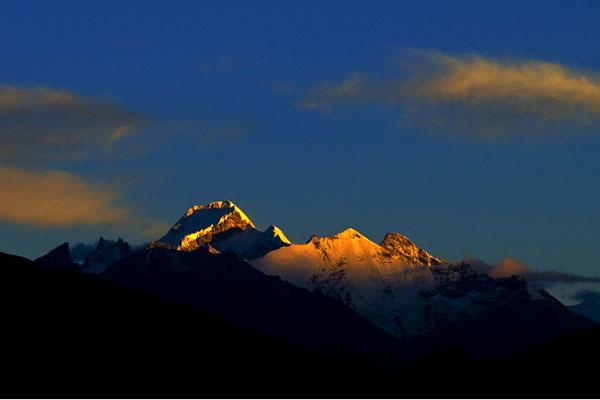
-
A road to prosperity paved with traditional Tibetan clothing
When you look out from the entrance of Gonai Village of Yadoi Township in Nedong District, Lhoka, Tibet, you could see the snowy peaks of Mt.Yarlhashampo.
-
-
-
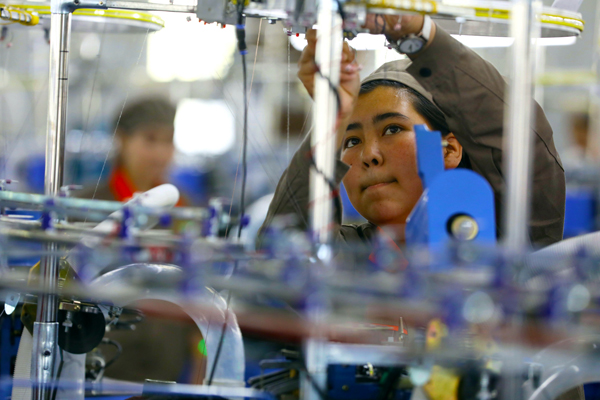
-
Industry plays big role in poverty alleviation in Xinjiang
China's Xinjiang Uygur autonomous region has made great progress in the fight against poverty over the past few years.
-
-
-
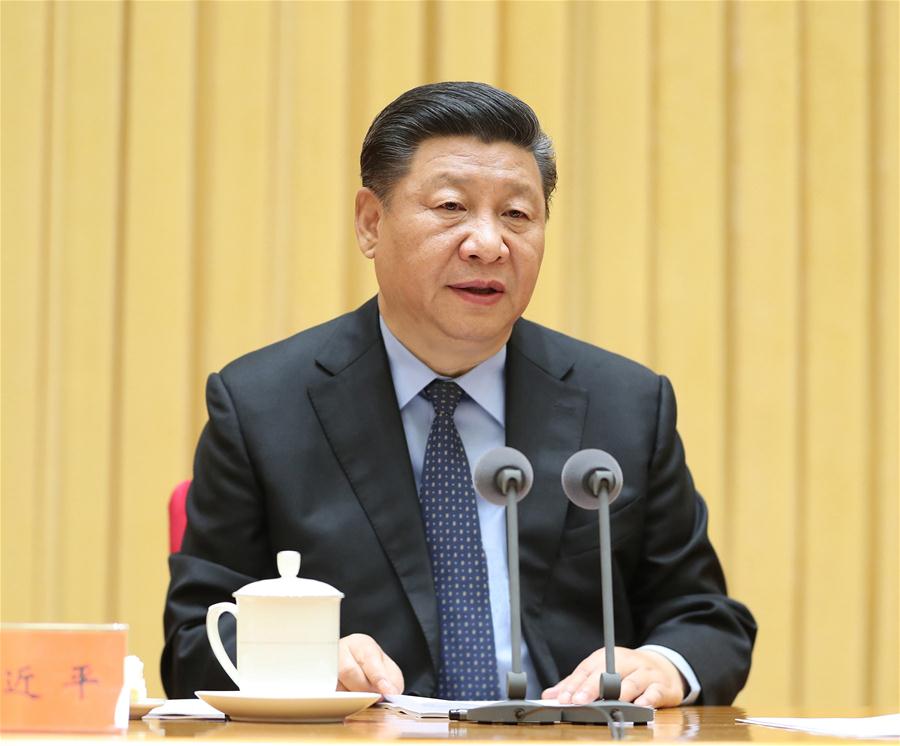
-
Xi stresses solid efforts to win battle against poverty
Xi Jinping, general secretary of the Communist Party of China Central Committee, has made instructions urging local officials to seek a complete victory in poverty alleviation.
-
-
-
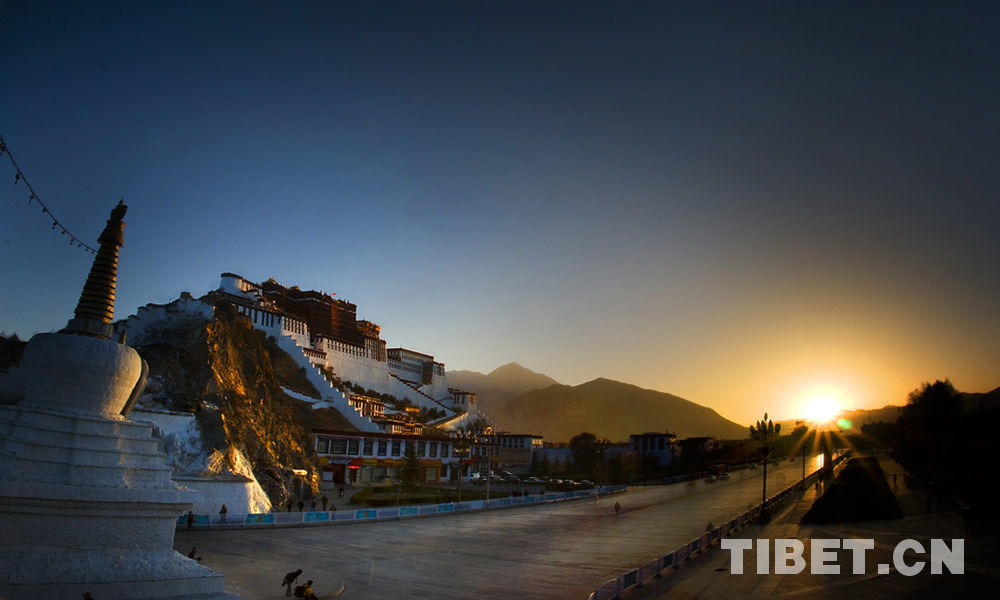
-
Tibet lifts 260,000 people out of poverty in past two years
Southwest China's Tibet Autonomous Region has lifted 260,000 people out of poverty during the past two years, Qizhala, chairman of the regional government, said Wednesday.
-
-
-
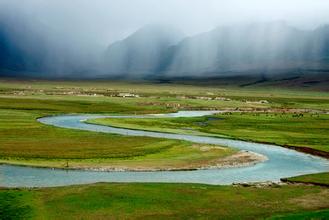
-
Tibet faces decisive poverty battle: official
Tibet has a huge task ahead to reduce by 690,000 the number of people living below the poverty line by 2020.
-


